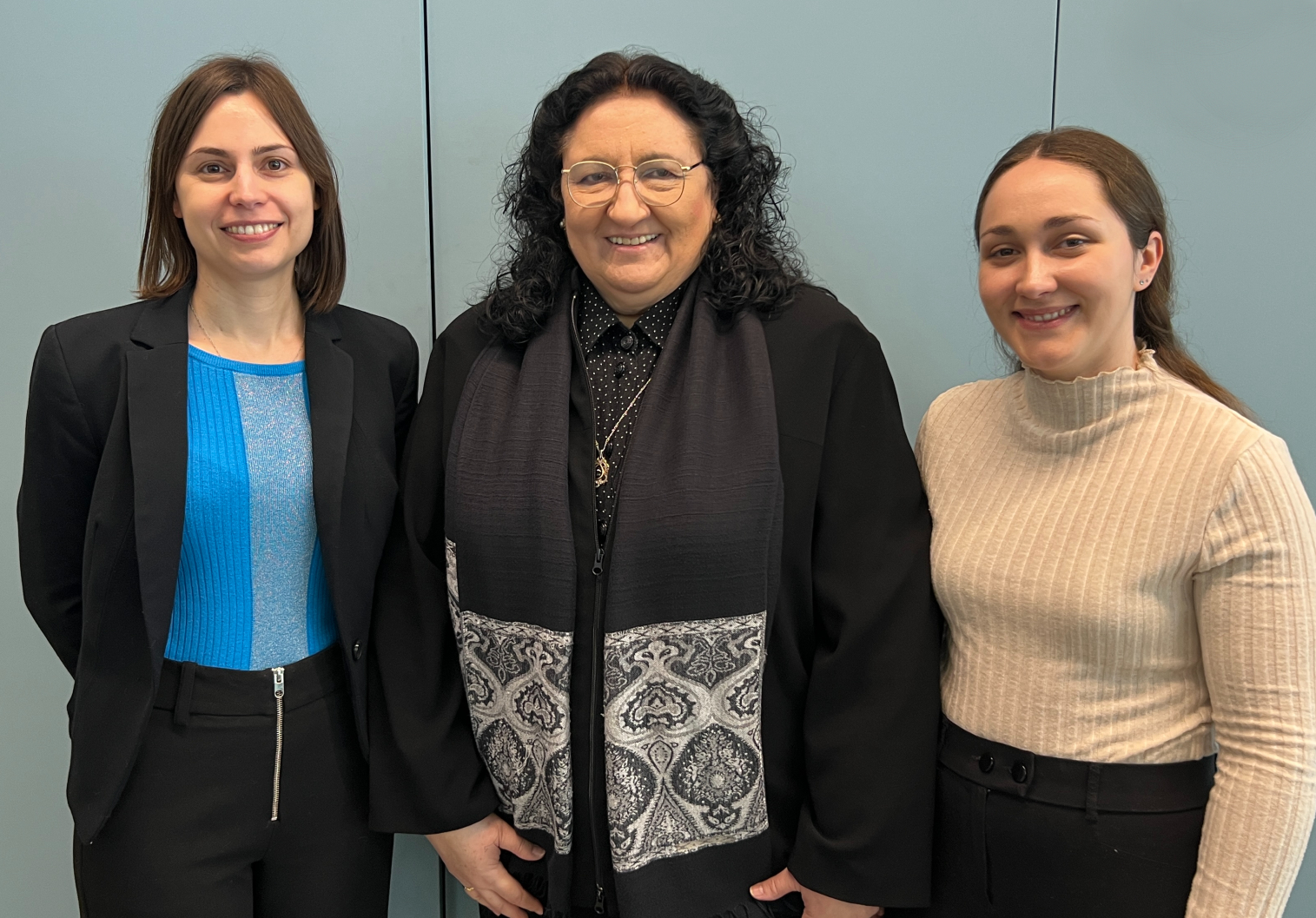
New glaucoma treatment developed with nanomedical technology
Glaucoma, a neurodegenerative eye disease, is the second leading cause of blindness worldwide and its incidence is estimated to reach 111 million people by 2040. Currently, the treatment available is drugs applied via eye drops that do not treat neurodegeneration, but are intended for all patients. Moreover, it is a therapy that can cause adverse effects, such as inflammation and dry eye, and does not prevent most patients from requiring surgery.
Faced with this challenge, researchers at the University of Barcelona are developing eye drops based on lipid nanoparticles containing natural compounds capable of reaching the posterior segment of the eye and treating glaucomatous neurodegeneration over a long period of time.
This project, entitled ‘Groundbreaking nanotechnological strategy against glaucoma: highly efficient nanoparticles dispersed in thermosensitive gels’, has received a Proof of Concept grant of 25,000 euros as part of the call for proposals from the Fund for the Promotion of Innovation (F2I) through the Bosch i Gimpera Foundation (FBG), its technology and knowledge transfer office, and with the support of Banco Santander.
The project is led by Dr. Elena Sánchez López, lecturer at the Faculty of Pharmacy and Food Sciences of the UB. The team also includes members of the Nanostructured Systems for Controlled Drug Delivery group of the Faculty of Pharmacy and Food Sciences of the UB.
The aim of the Proof of Concept grant is to advance the maturity of the technology in order to bring it closer to the market and allow its transfer through a licence to an existing company or the creation of a new spin-off.
Studies have confirmed that these nanoparticles developed by UB researchers are stable for more than a year and improve eye health compared to commercial eye drops. In vivo tests have shown that they reduce inflammation, improve ocular hydration and reduce damage to the cornea. In addition, there have been promising indications of beneficial effects in the treatment of glaucoma.
‘We patented nanoparticles that encapsulate the active compound inside. When the patient administers the drops and they come into contact with the eye, the viscosity increases and they adhere better to the surface of the eye. The nanoparticles pass through the cornea and continue to travel to the back of the eye where they exert the neuroprotective effect,’ explains Dr Sánchez.
This new treatment has the potential to completely replace current eye drops, eliminating their adverse effects and improving their efficacy. This could help reduce the high dropout rates and delay the need for surgery.
The funding received in this call from the UB will allow this dual release mechanism to be confirmed through release trials. In parallel, biodistribution trials will be carried out to verify that the nanoparticles reach their target. In addition, an important point is the industrial scale-up of the system, since one of the advantages of these nanoparticles is the possibility of being produced on a large scale.
For Dr Sánchez, being selected for this grant ‘is vital’ for the project. ‘It’s a great opportunity because it brings us much closer to licensing the product. More trials are needed to validate the technology and it is essential to have more funding to carry them out.

